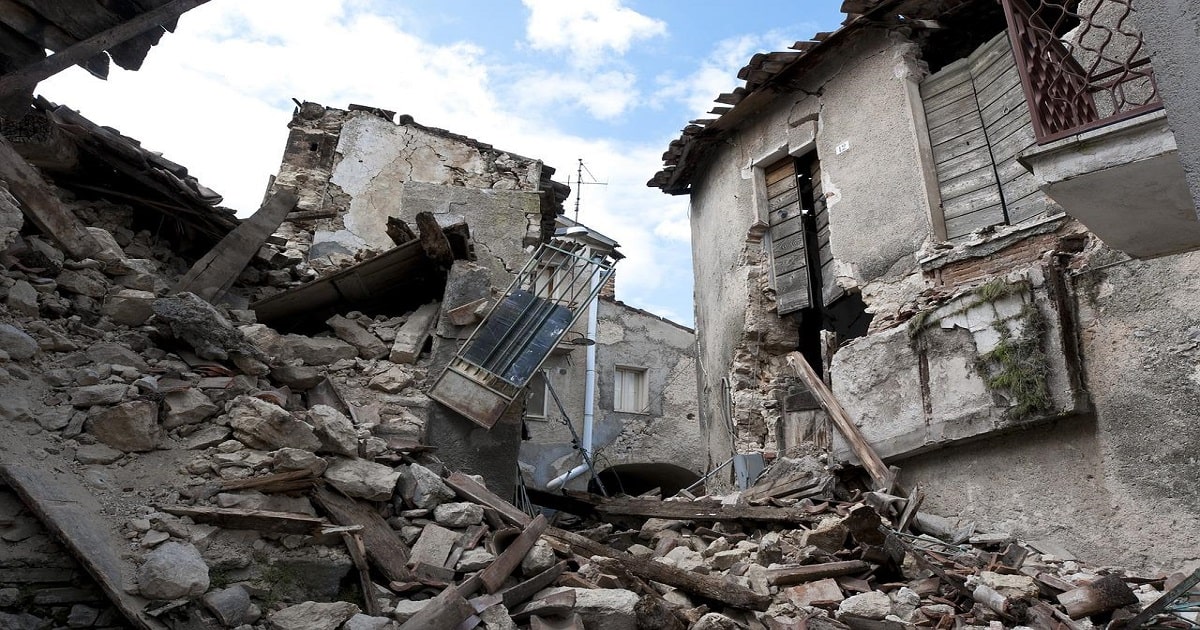Afghanistan: Devastating Earthquake Exacerbates Dire Humanitarian Crisis
- Contributor
- Trending
- Middle East
- June 22, 2022

Statement by Neil Turner, Country Director for the Norwegian Refugee Council (NRC) in Afghanistan, on the devastating 5.9 magnitude earthquake that hit the country last night:
By: Joanna Nahorska
Norwegian Refugee Council
Global Media Adviser
Mobile: +47 481 20 913 | + 32 474 160 470 | Twitter: @Joanna_Nahorska
“Our teams are on the ground conducting a rapid needs assessment in the Spera district of Khost province. NRC will support the affected communities with cash and provide emergency shelter. We will also shortly send another team to Paktika to assess the situation there.
“Early estimates in the Afghan provinces of Khost and Paktika indicate that the earthquake took lives of over a thousand people, with the death toll likely to rise. Many more have been injured, lost their homes and everything they owned.
“We still do not have the full picture of humanitarian needs among people displaced by the earthquake, but the Taliban authorities have already launched their own response and called for urgent humanitarian assistance, granting humanitarian agencies full access to the affected areas and conducting search and rescue.
“Environmental disasters such as earthquakes and droughts are regular occurrences in Afghanistan, remaining one of the key drivers of displacement. Cascading impacts of climate change and a deepening economic crisis make it more difficult to achieve durable, long-term solutions for displaced Afghans, despite a significant decrease in fighting since August 2021.”
Facts and figures:
- The Spera District in Khost Province; Barmala, Ziruk, Nika and Gayan Districts in Paktika Province are among the areas most affected by the earthquake.
- Khost Province is home to thousands of internally displaced Afghans, returnees, and refugees from Waziristan.
- 1,800 households are now confirmed to be destroyed, but the exact levels of damage and destruction are yet unknown.
- The number of casualties is rising as search and rescue operations continue to be led by the de-facto authorities. Helicopters are used to reach people in rural, hard-to-reach areas, take urgent medical supplies and food provisions.
- Most of the population affected by the earthquake has already experienced multiple displacements and has been severely hit by the economic collapse, following the financial restrictions placed on the country after the Taliban takeover.
- Last year 1.3 million people have been internally displaced nationwide. This is an unprecedentedly high number, due to a combination of conflict and natural disasters.
- Over 24 million people – more than half of the Afghan population – need humanitarian assistance to survive. That is an increase of 30 per cent from last year.
- The REACH mid year assessment for Afghanistan indicates a worsening economic situation for Afghans. Households are taking on more debt, primarily driven by the need to purchase food amidst rising prices and shrinking incomes.
- The FAO-WFP have now listed Afghanistan in the top six countries that have populations identified or projected to experience starvation or death, or at risk of deterioration towards catastrophic conditions, who require the most urgent attention.
- NRC has been present in Afghanistan since 2003. We have 1,400 Afghan employees and work in 14 provinces across the country. We assisted over 840,000 people in 2021.








